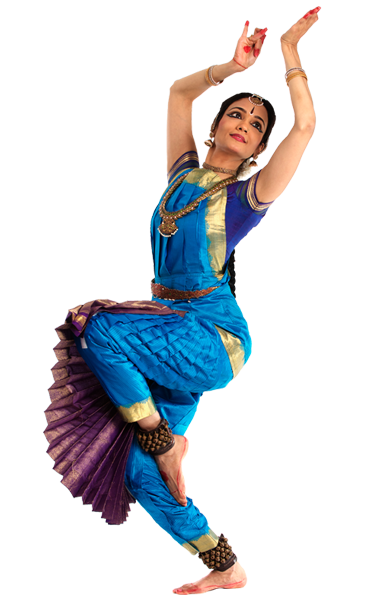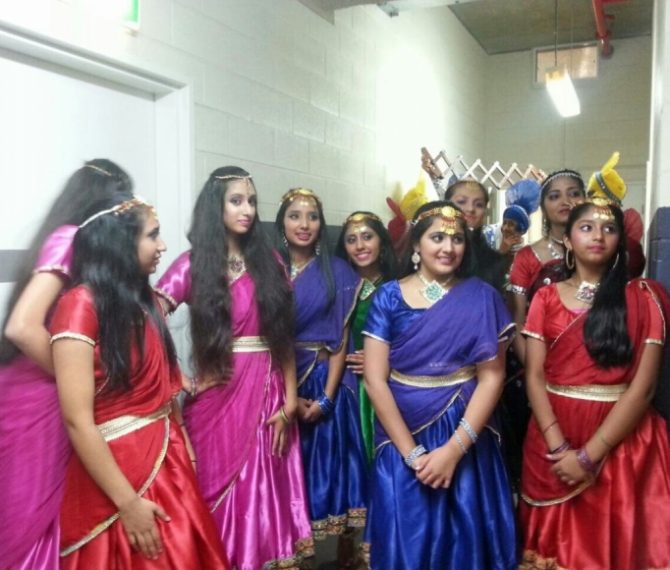Dance is the hidden language of the Soul.
There are seven classical dance forms in India: Kathak, Odissi, Manipuri, Bharata Natyam, Kuchipudi, Kathakali and Mohini Attam. Theatre and dance art forms in the oral tradition of India are centuries old and follow the rules of the Natya Sastra, of which the written form came much later.

Kathak is the classical dance form that prevails in the North of India. The word Kathak is derived from katha meaning "storytelling". The expression Katha kahe so Kathak means whoever tells a story in a dance form with song is a Kathak. The movements of hands (mudra) and body along with facial expressions (abhinaya) were used to tell a story with song and music and this gave birth to Kathak and Kathakars. Originally, the artists known as the Kathakars told mythological stories (harikatha) in the Hindu temples of Northern India and obviously their art was deeply rooted in the Hindu religion, philosophy and spirituality. The Kathakars' knowledge - compositions and choreography - were passed on from generation to generation through oral tradition.
Between the 12th and the 18th century, Kathak was practised in the magnificent palaces of the Mughal emperors and even earlier in those of Hindu rulers. After being a totally devotional temple art, it had also become a court dance, intended to entertain those powerful rulers. It enriched itself by borrowing from Persian cultural elements and as such, the aesthetics of the dance evolved in accordance with the aesthetics of the Muslim culture too.
The current form of Kathak is linked to the Mughal era. During that period the facial expressions and gestures gained in subtlety. The artist was indeed able to express a theme in many different ways with a wide range of nuances. The aspect of pure dance (nritta) gained in sophistication and speed. The rhythm, movements and pirouettes became more complex. Kathak also became permeated with elegant Urdu poetry along with the poems in Braj. (One of the last Mughal emperors, Wajid Ali Shah himself composed songs on Krishna in Braj.)
Nowadays, Kathak is the only Indian classical dance form that presents a strong symbiosis of the Hindu and Muslim cultures.
The lineage of Kathak dance can be traced from generation to generation, father to son, guru to disciple. Thakur Prasadji's nephews, Binda Din Maharaj and Kalka Prasad, excelled in the study of Kathak. Binda Din's three nephews, Achhan, Lacchu and Shambhu Maharaj, helped carry the Kathak tradition into the twentieth century. Achhan Maharaj, and upon his death, Shambhu Maharaj, had among his many disciples Ram Narayan Misra and Prohlad Das, respectively guru and father of Chitresh Das.
Class Schedule :
Adults Every Saturday - 4 PM & Thursday - 10.30 AM
Children Every Friday - 3.30 PM





